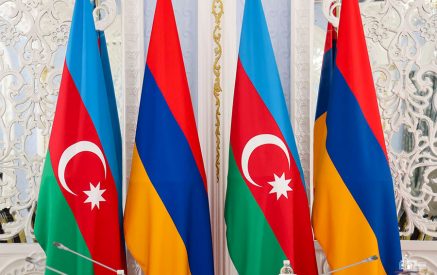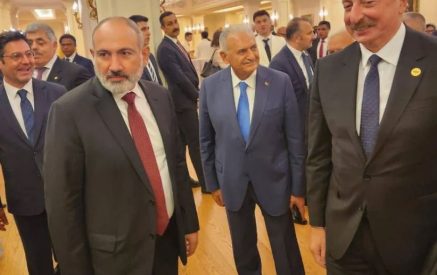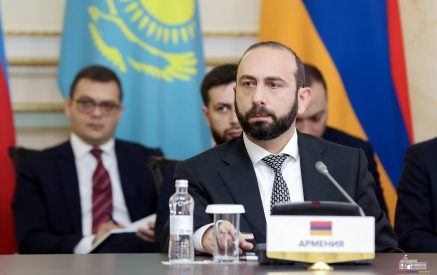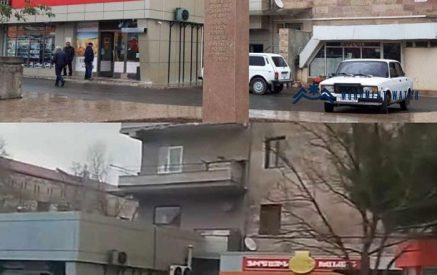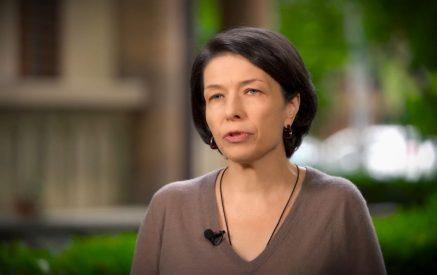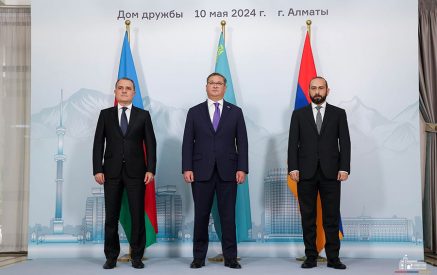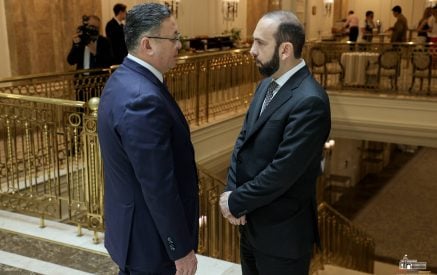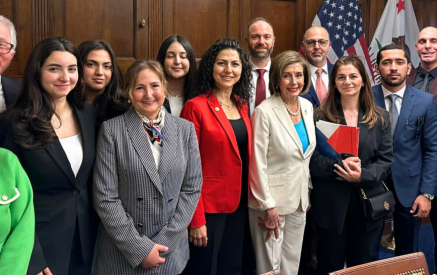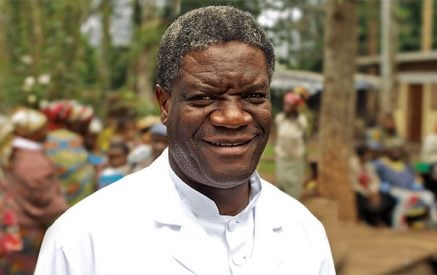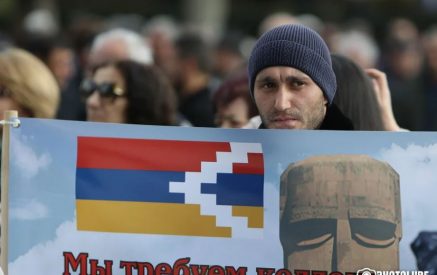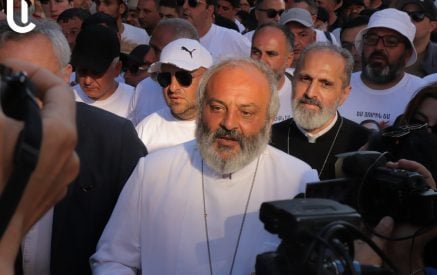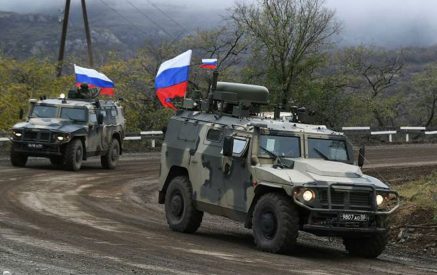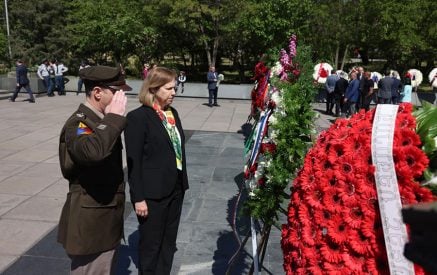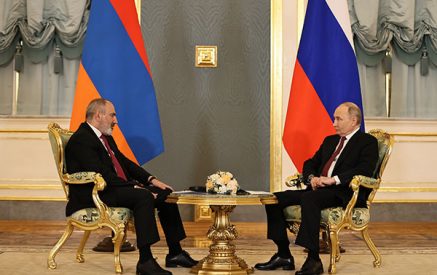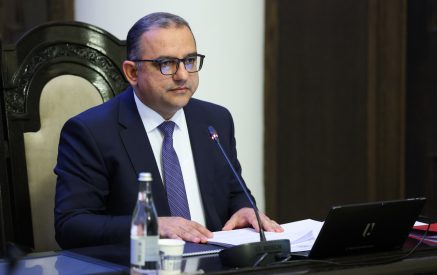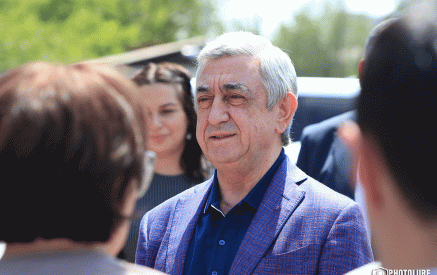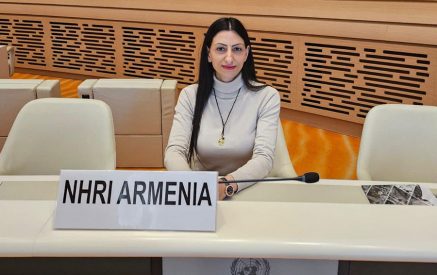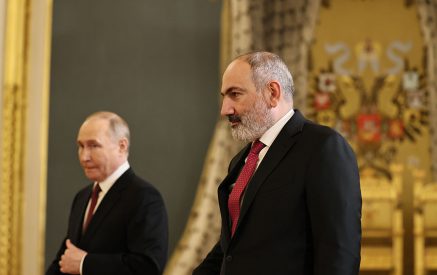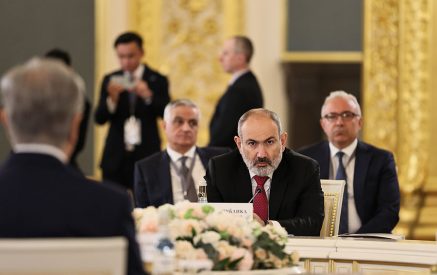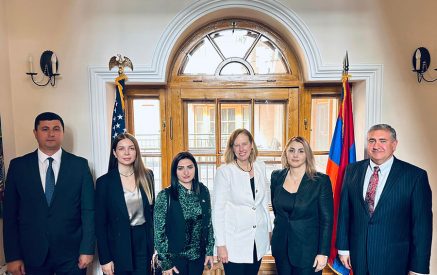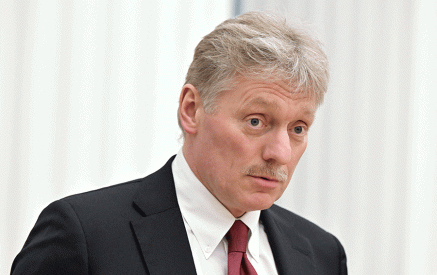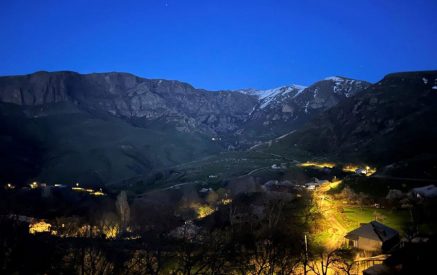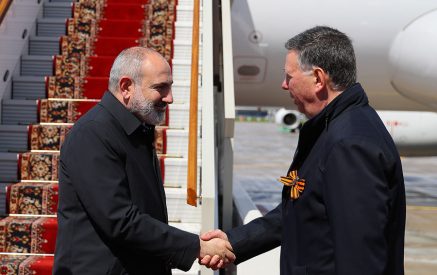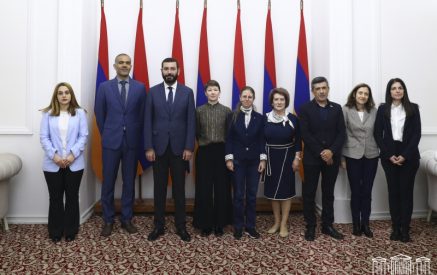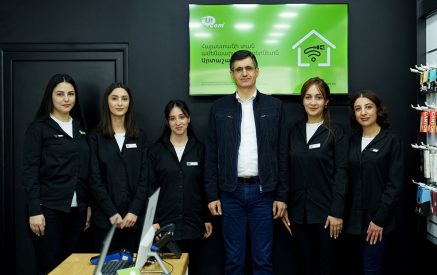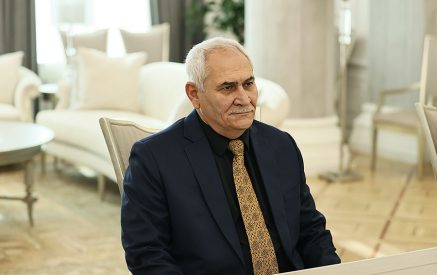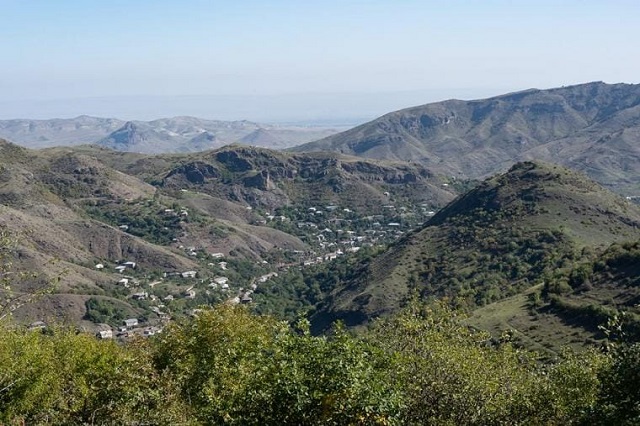Fighting in July interrupted what had been a stretch of relative quiet on the Armenia-Azerbaijan border. The incidents underscored how quickly and unexpectedly this front can erupt. The two countries should take better advantage of a hotline created in 2018 to avoid dangerous misunderstandings.
What’s new? Deadly July 2020 clashes between Armenian and Azerbaijani forces left dozens dead, civilians among them, and forced villagers to flee their homes on the Armenia-Azerbaijan state border. Shooting across the trenches along the border is more frequent today than anywhere else on the Nagorno-Karabakh conflict’s front lines.
Why does it matter? Efforts by Baku and Yerevan, including through limited diplomacy, a communication channel set up in 2018 and an agreement between the two sides to safeguard farmers, have largely failed to create conditions that would deter people from leaving border areas. Violence there also risks permanently damaging wider peace efforts.
What should be done? The two sides should use the communication channel to warn each other about planned engineering works or other activities that might be misconstrued and lead to escalation. They should begin talks on limited cooperation to allow farmers to harvest crops, repair water networks and clear mines.
Read also
Executive Summary
The mid-July 2020 escalation on Armenia and Azerbaijan’s densely populated state border, which killed over a dozen people and sent women and children fleeing, should sound as a warning. Villagers on both sides of the 230km, trench-lined border have long lived in fear of clashes and landmines. Three decades after the 1992-1994 war over the breakaway region of Nagorno-Karabakh, children go to schools behind ever-thicker cement walls, farmers shun fertile but mine-riddled fields and young people seek their future elsewhere. International mediation efforts have largely ignored the border regions, focused on untangling disagreements over Nagorno-Karabakh itself. But July’s violence shows how critical it is to pay attention to the safety of more than 150,000 civilians living there. Yerevan and Baku should keep channels open to find mutually beneficial ways to cooperate along the border. The shooting should not stop them from exploring collaboration on narrow initiatives to allow children to attend school, farmers to harvest crops, herders to put livestock to pasture, and water to flow to taps and fields.
For both sides, the potential cost in lives and property of violence is higher along the border than in other areas. Neither side has a clear military advantage in the border zone. Military positions and front-line trenches are so close in places that residents can shout to soldiers on the other side. The border is at the crossroads of the three post-Soviet states of the South Caucasus – Armenia, Azerbaijan and Georgia. As such, it is criss-crossed by key roads, railways and pipelines pumping natural resources from Russia to the region or from Azerbaijan and the Caspian Sea to Europe. Both sides not only have an interest in avoiding disruptions to this infrastructure but also stand to benefit from repurposing and repairing sundered cross-border Soviet-era water supply networks.
Simmering tensions have long choked efforts by both Azerbaijan and Armenia to stem emigration from their border regions. Both sides have built protective walls around public buildings and key roads, dug bomb shelters and instituted crisis training in schools. They have tried a mix of tax incentives, subsidies and other initiatives to spur development and built irrigation works to help farmers. These measures have done little to stop the outflow of people with the means to leave, while some ageing residents have not bothered to repair damaged homes, whose crumbling stands as testament to their fatalism. A looming economic crisis wrought by the COVID-19 pandemic injects even greater volatility into the standoff, making it harder for people in the region to make ends meet. Longer-term climate trends will likely also exacerbate shortages of water and arable land. Only through cooperation can Baku and Yerevan make a lasting difference in the lives of people in the border regions.
The two sides should not now walk away from their breakthrough accords of 2018 and 2019. Those understandings for the first time in over fifteen years reopened direct communication lines between security personnel and political representatives in both capitals. The channels, which have so far only been used in the wake of flare-ups, served in recent days to allow for retrieval of the dead. The 2019 detente also led the parties to agree for the first time to show particular restraint along the border during the harvest, allowing for a modest expansion of farming. The fresh violence now threatens the livelihoods of many facing the impossible choice of leaving their crops to rot or risking their lives gathering their produce for market. Were the two sides to expand communication to include preventive messaging, such as notification of planned engineering works or dates of harvests, they might avoid future misunderstandings or escalations. With time, doing so may also build good-will to allow for further, limited cooperation on areas of mutual interest, such as fixing critical water infrastructure and demining farmlands.
The July clashes, the most serious between the two parties since 2016, also risk hardening attitudes concerning Nagorno-Karabakh. The death of a popular Azerbaijani general in the border skirmishes pushed tens of thousands of angry citizens into Baku’s streets to call for revenge and the return of Nagorno-Karabakh. More violence on the border would only fan those flames. Diplomatic progress on the border not only would be easier to accomplish than progress over Nagorno-Karabakh, but also, at this point, is an essential prerequisite for it.
Baku/Yerevan/Brussels, 24 July 2020
Read else – Crisis Group’s new report – Preventing a Bloody Harvest on the Armenia-Azerbaijan State Border.
International Crisis Group
Caption: Azerbaijani sniper fire can hit almost everywhere in Movses, a village in Armenia’s north-eastern region of Tavush, pictured here from the Armenian side. The Azerbaijani positions run along the flanks of the high mountain in the distance on the right. CRISISGROUP/Jorge Gutiérrez Lucena


